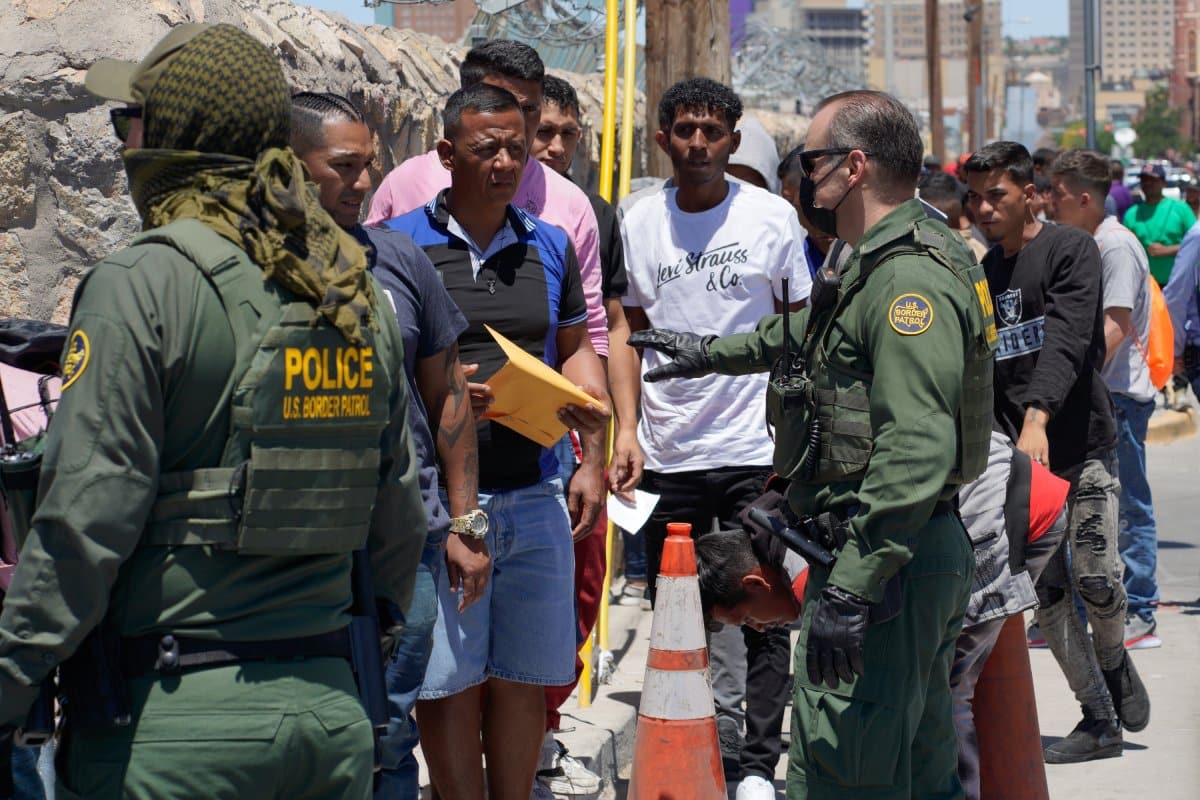Texas has invested millions in a program to bus migrants to cities across the United States. Launched by Governor Greg Abbott in 2022, this initiative seeks to share the burden of caring for migrants with other states. It also highlights the wider impacts of U.S. immigration policies.
The Cost of Compassion

The financial implications of Texas’ busing program are enormous, prompting a debate about the use of taxpayer dollars.
With a hefty price tag of $148 million and counting, Texans are weighing the benefits of the initiative against its costs.
A New Beginning for Migrants
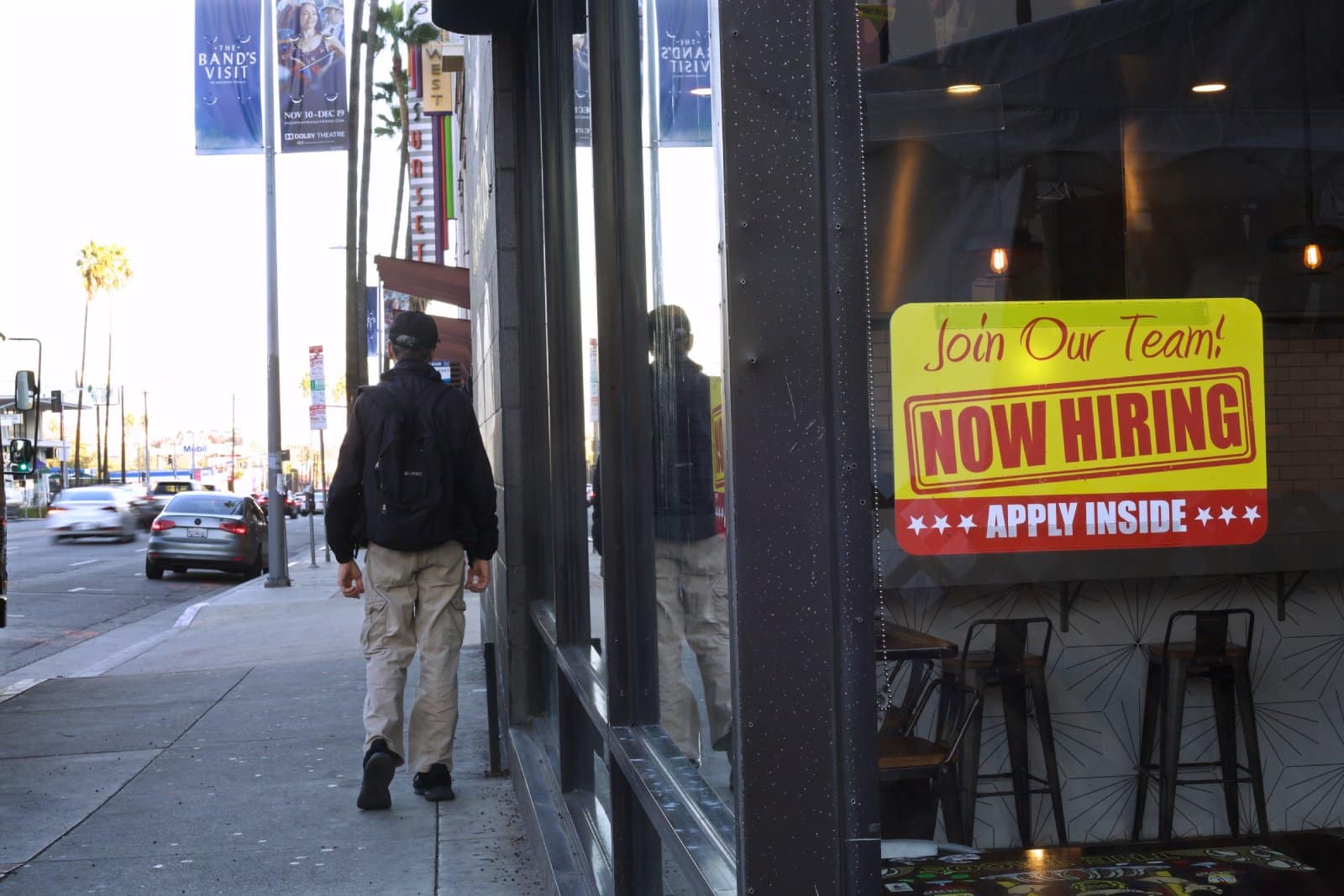
For many migrants who have left their homes in search of a better life, the program has been transformative.
The opportunity to travel to cities like Washington, D.C., has opened doors to employment, education, and a chance at a new start.
Widespread Impact
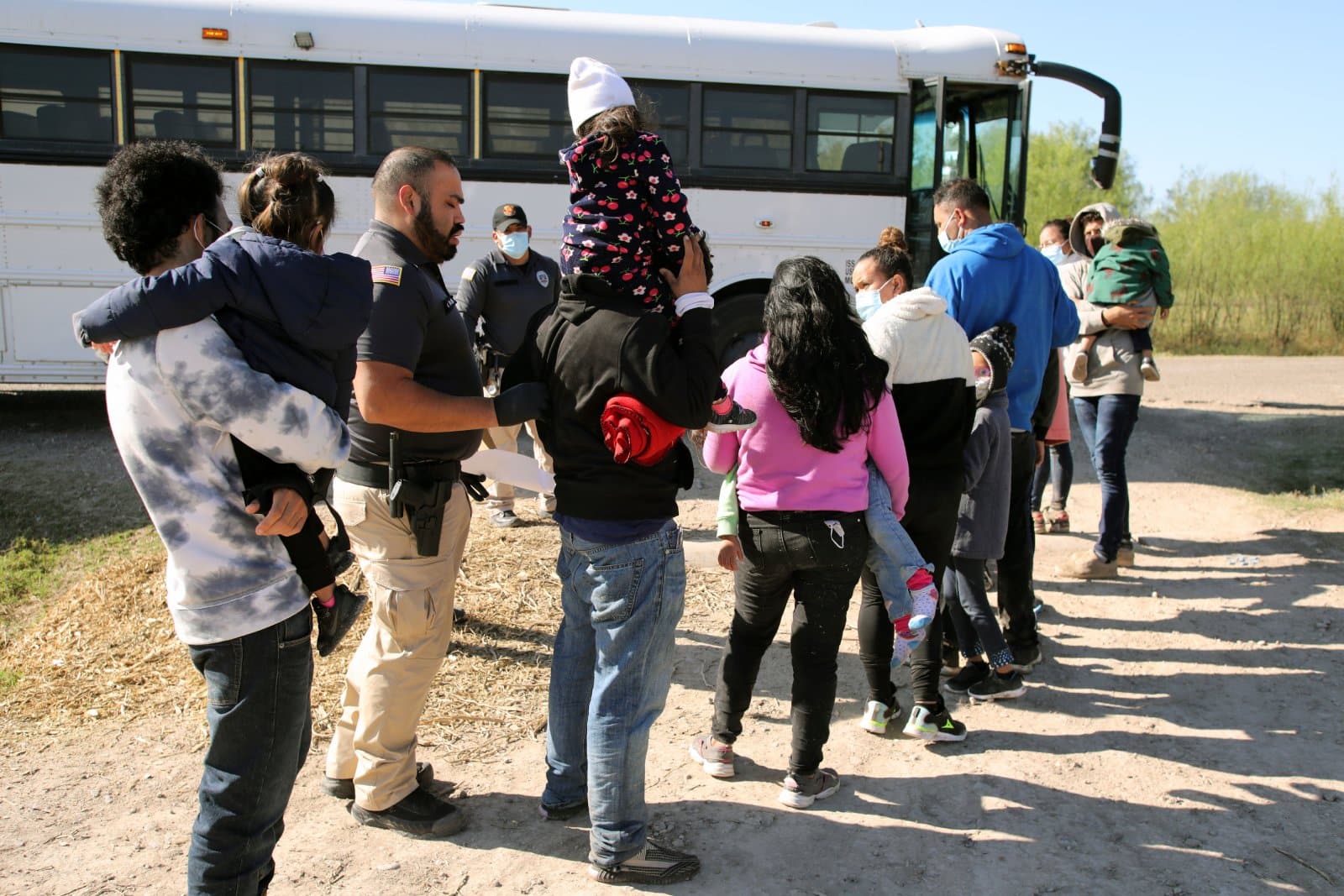
Texas has transported over 102,000 migrants to cities, including New York, Chicago, and Denver. This strategy aims to share the challenges of immigration more broadly.
It also seeks to initiate a national conversation on the issue.
Economic Considerations

Economists and taxpayers alike are scrutinizing the program’s cost-effectiveness. Although the expenditure represents a small portion of Texas’ budget.
The enormity of the program begs questions about the long-term sustainability and whether such spending can be sustained over time.
Legislative Support

Texas officials, including State Representative David Spiller, defend the program, arguing it’s essential for highlighting the state’s immigration challenges.
They aim to distribute migrants across the country to alert the nation to Texas’s border situation. Consequently, they hope it will spark a national conversation on immigration reform.
A Divisive Strategy

The program has stirred controversy, dividing opinions on its humanitarian and political implications.
Some see it as a pragmatic solution to border congestion. Others criticize it for leveraging human lives in a broader political struggle.
Challenges and Changes
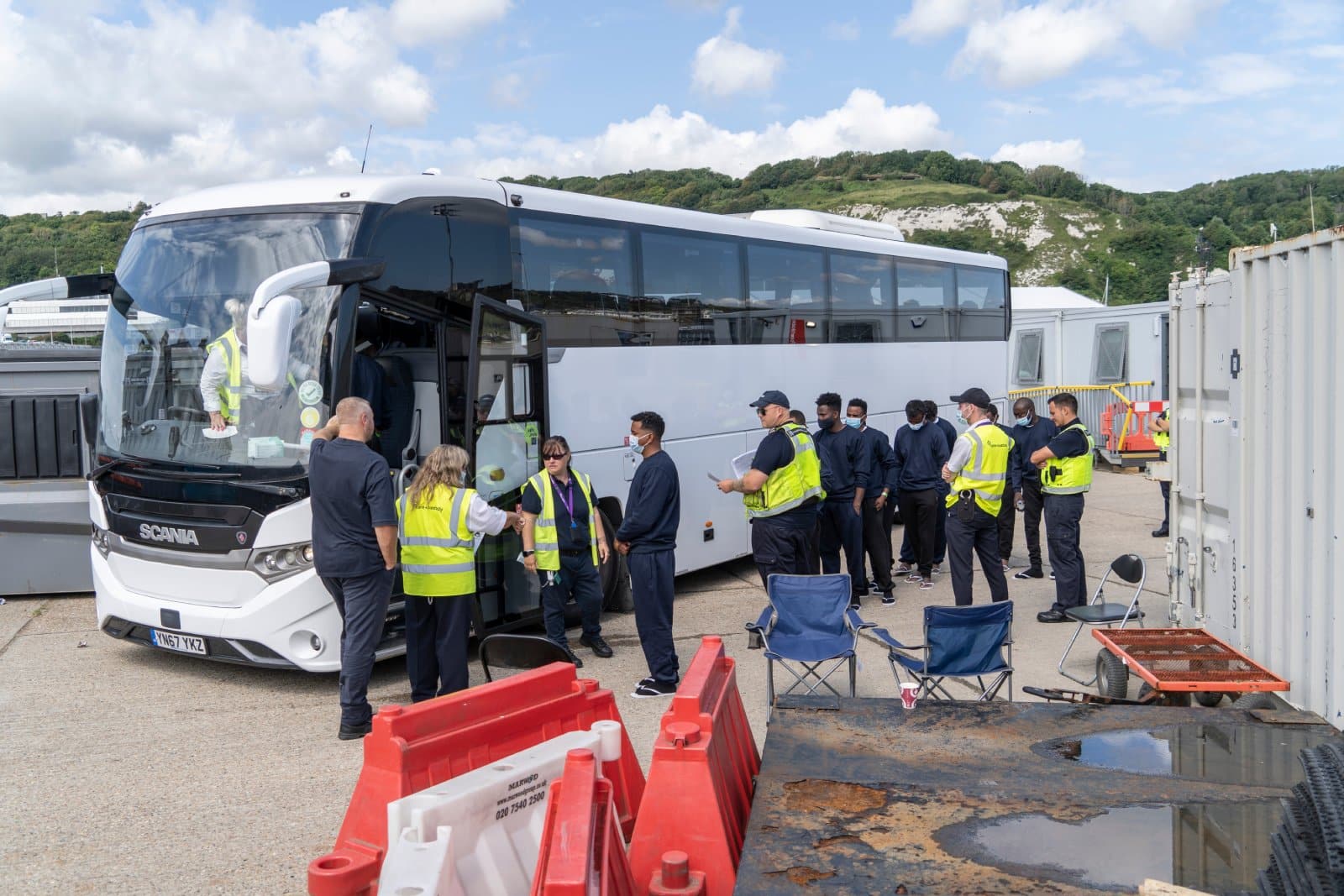
Managing the logistics of transporting thousands of migrants is a huge endeavor, especially as safety and coordination concerns constantly evolve.
The Human Story
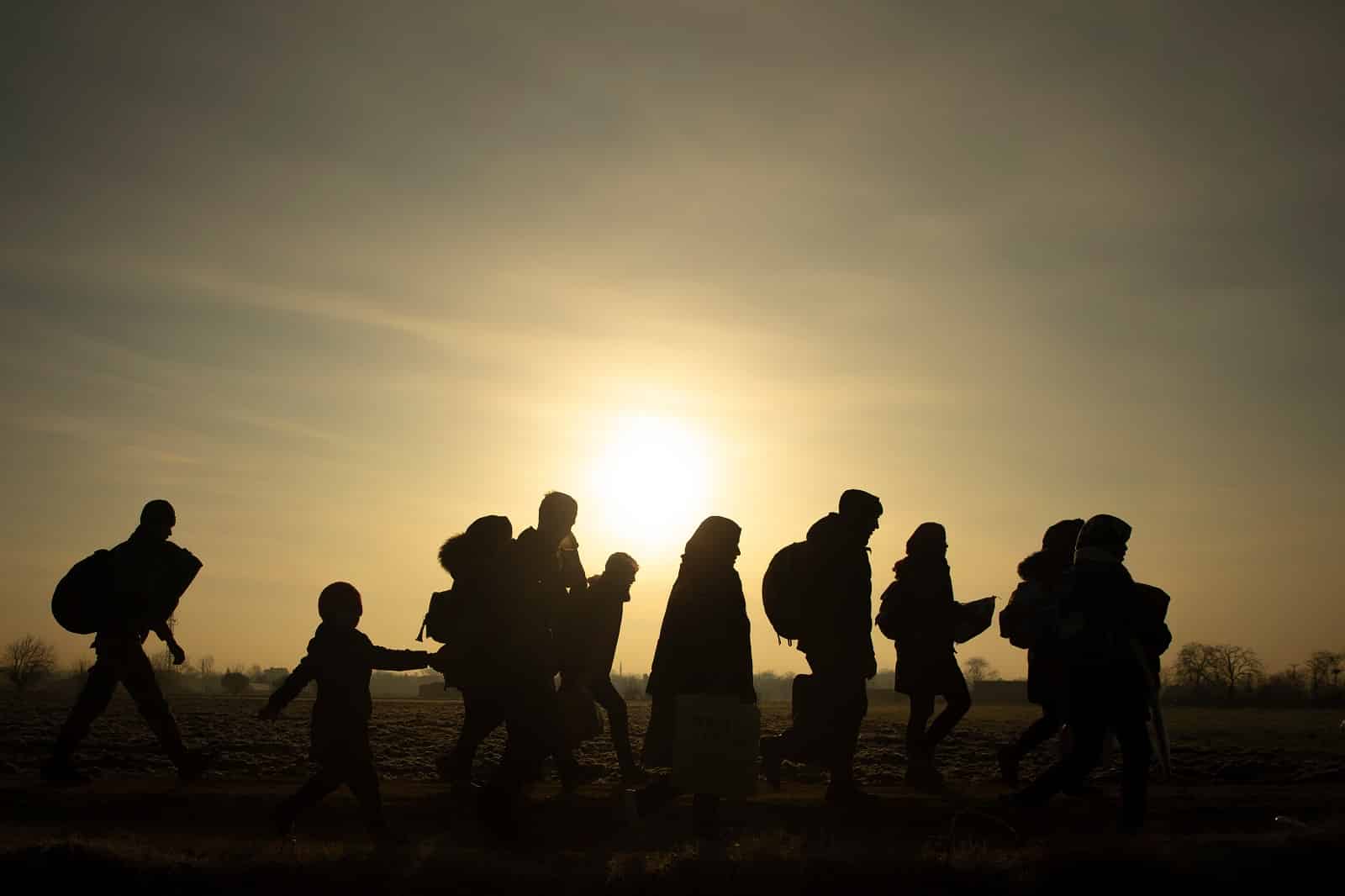
At the heart of the busing initiative are the migrants themselves, whose stories of hardship and hope highlight the personal impact of immigration policies.
Those impacted are ultimately in search of a better life in the U.S.
Life After Arrival

For many migrants, arriving in a new city marks the beginning of a hopeful journey toward a better life. However, it is not without many difficulties.
They must overcome many challenges, including engaging with local communities, pursuing education, and finding employment, which are just some of the steps necessary to build new lives.
Community Engagement

The arrival of migrants has prompted differing reactions from communities, highlighting the larger debate on immigration.
Future Prospects

As Texas continues its busing program, the initiative serves as a focal point for discussions on immigration reform and the responsibilities of state and federal governments.
Seeking Federal Support

The influx of migrants has led some states to request federal assistance, demonstrating the national scale of the immigration challenge.
These calls for aid reflect the need for a coordinated response to the complexities of migration.
A Difficult Balance

The Texas busing program is a significant element in the broader conversation about U.S. immigration policy.
As discussions continue, finding solutions that balance humanitarian concerns with practical considerations will be crucial.
The post Texas Invests Millions in Transporting Migrants to Other States first appeared on Swift Feed.
Featured Image Credit: Shutterstock / Ruben2533.

